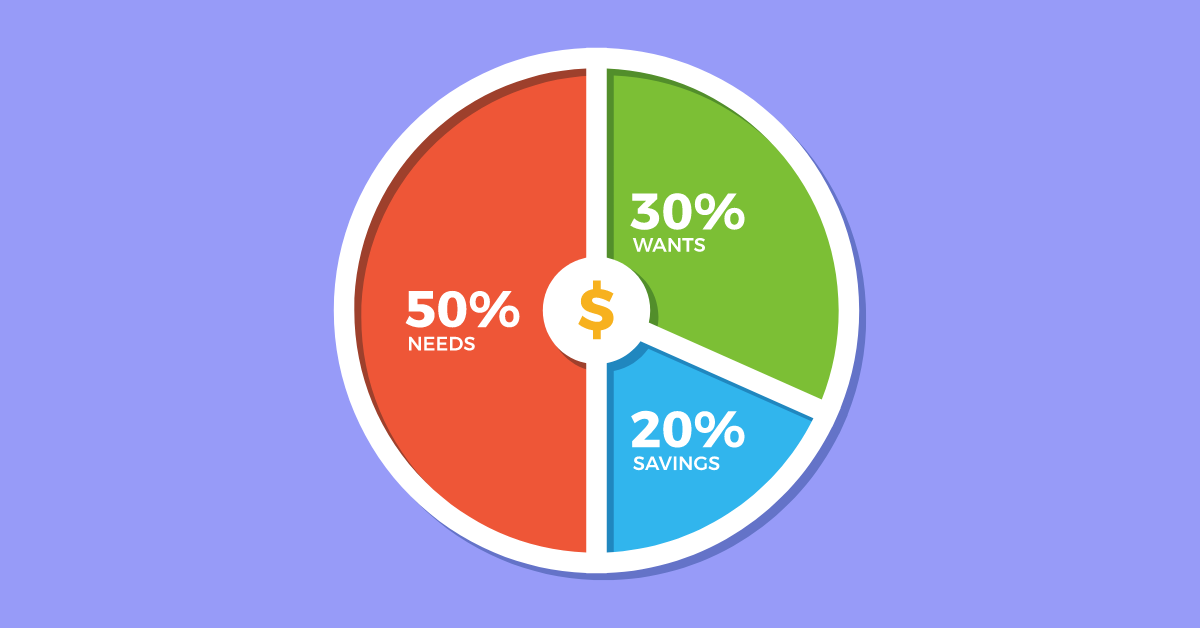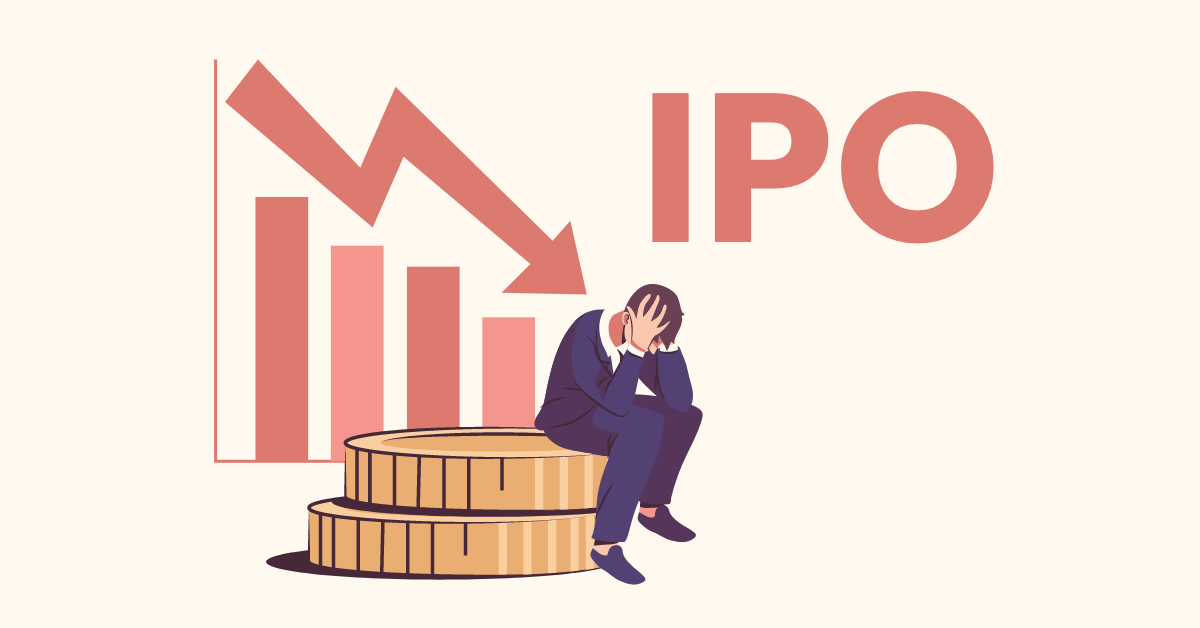Market Liquidity – Advantages and Pitfalls!
It is very difficult to swim in shallow water. However, if you are a good swimmer then you will enjoy swimming in deep waters. On the other hand, if you are a bad swimmer or are carrying too much weight, you can also sink in deep waters. Market liquidity is exactly like that. Too much liquidity is not good. Too little liquidity is equally bad.
What exactly does liquidity mean for markets and the economy?
The main job of liquidity is to ensure that you can enter and exit trades with ease and minimal impact cost. This means that every buyer can easily find a seller and vice versa. From an economic perspective, liquidity enables economic activity. So far, it all sounds good. However, if the past financial crises have taught us anything, it is that too much of even a good thing like liquidity can become a bad thing.
The Good Side of Liquidity
Surplus liquidity has a number of benefits, chief among them being the fact that individuals and organizations are more likely to buy assets, goods, and services during low interest and high liquidity regimes. It is known to boost growth and, consequently raise inflation, indicating a strong and growing economy. Accordingly, global central banks undertake liquidity infusion measures every time the market faces a shortage of funds, ensuring that demand is not curtailed. In India, the RBI utilizes bond buybacks and Open Market Operations to inject liquidity, in addition to offering stimuli in times of crises, like the ongoing pandemic.
The Bad Side of Liquidity
However, a continued regime of surplus liquidity might have some negative effects. For instance, the price of an asset is directly proportional to its demand. Higher the demand for a particular asset higher will be its price. During volatile market conditions, investors rush towards safe haven assets like gold, leading to a surge in the yellow metal’s price, thereby exemplifying the fact that too much liquidity can potentially inflate prices to unrealistic levels. Therefore, as liquidity creates demand, it also leads to a rise in price, and consequently, a rise in inflation.
In the longer term, continued surplus liquidity leads to a sustained hike in inflation, creating a bubble. Once the economy begins to recover, the central banks usually reduce, and gradually stop, liquidity infusion methods, prompting the bubble to burst as soon as the liquidity invariably evaporates. Indeed, such a bubble burst wipes out significant amounts of investor money and leaves the economy reeling. The economic downturn could, once again, push the banks to infuse liquidity to maintain stability, giving rise to a vicious cycle of growth and de-growth and, eventually, long-term market volatility and a loss of investment appetite.
As with everything under the sun, both the scarcity and excess of a good thing can have significantly negative results and this adage holds true for systemic liquidity too. Investors need to judiciously navigate this landscape by investing in curated portfolios that are well-positioned to reap the benefits of liquidity and well-protected to stave off the downsides of liquidity.
Discover stocks that suit certain filter criteria and dive into details to check their WealthBaskets.
At WealthDesk, SEBI-approved investment professionals have curated WealthBaskets that consist of stocks or ETFs reflecting an investment strategy or theme.


















